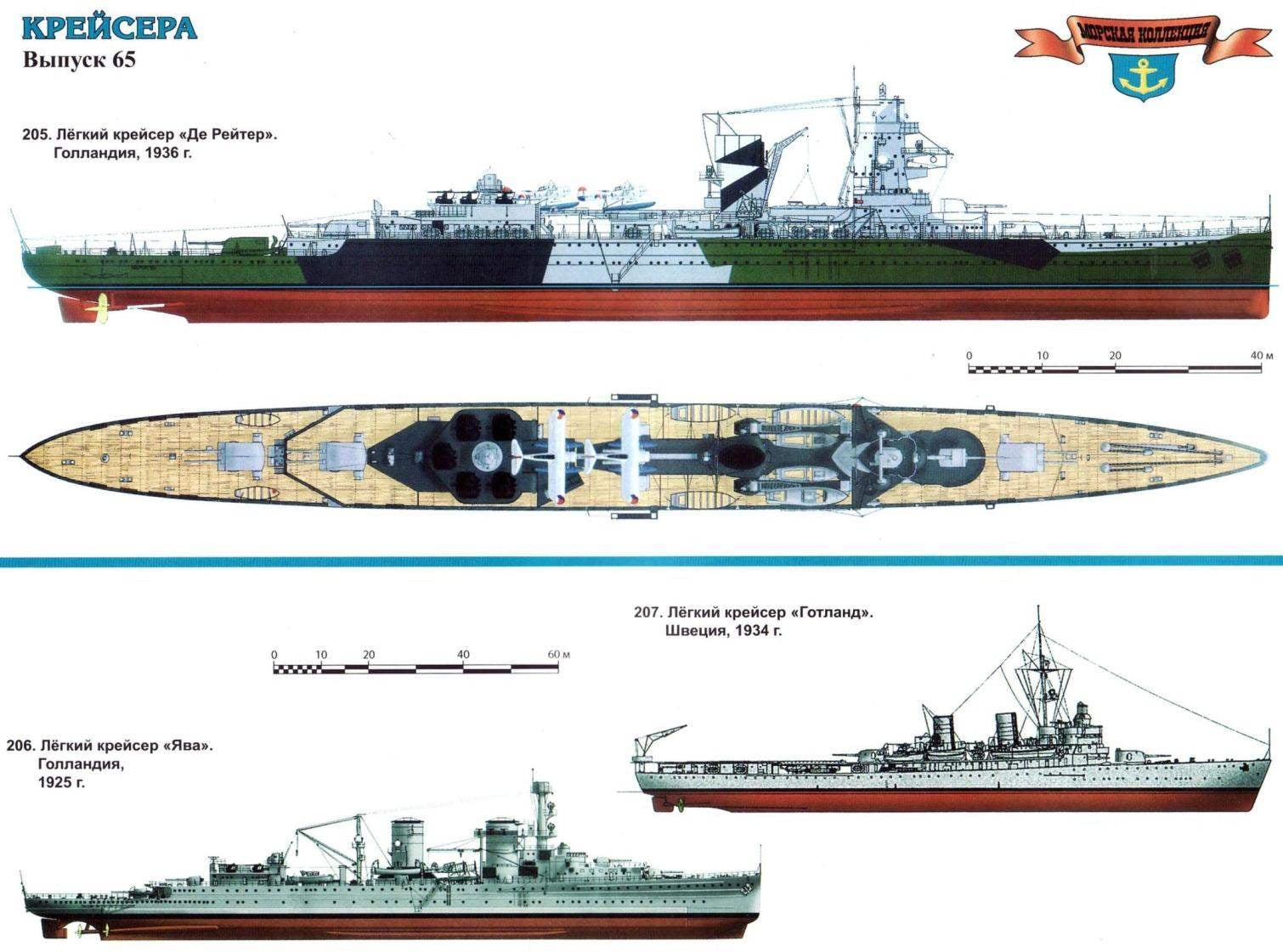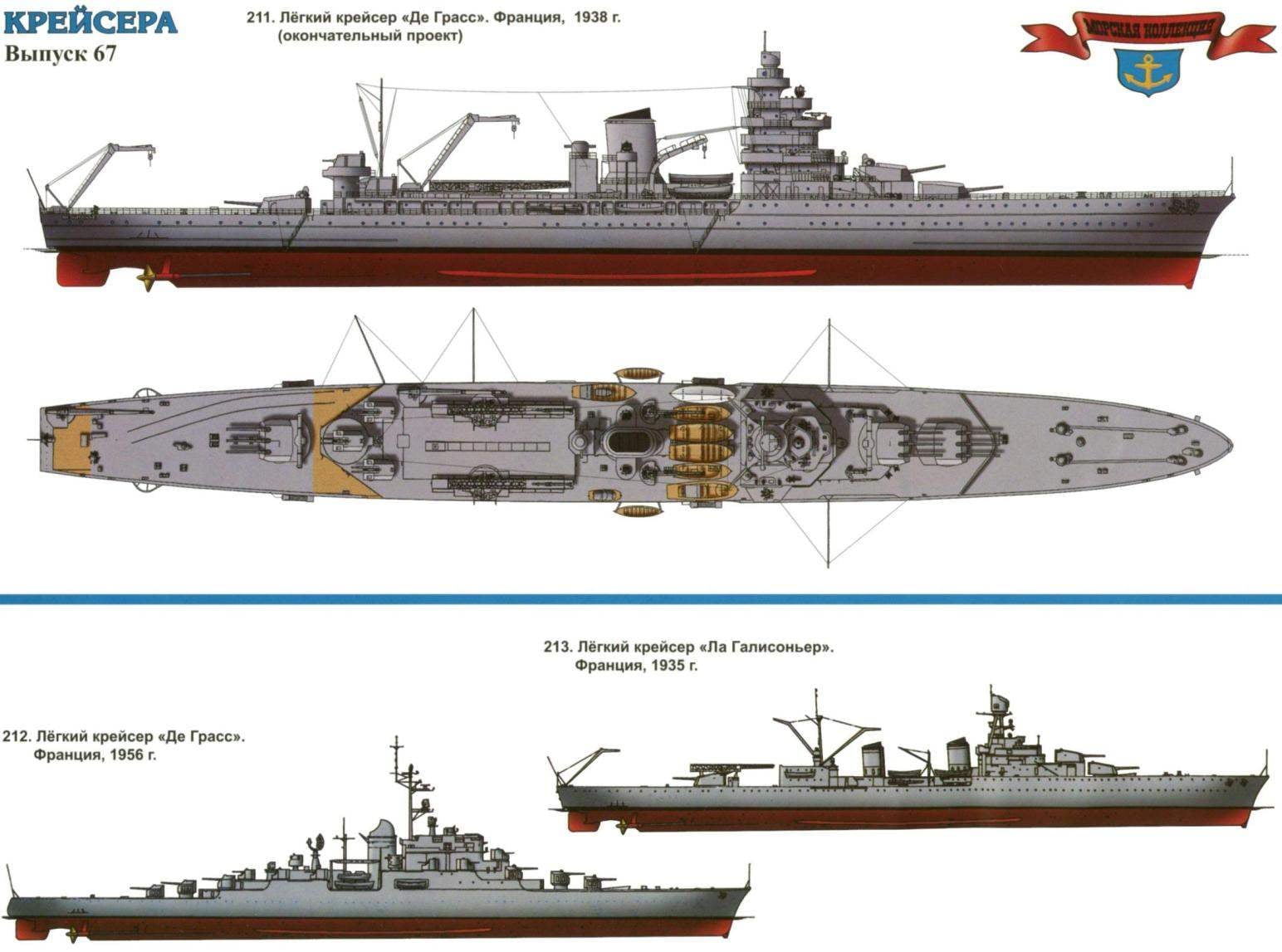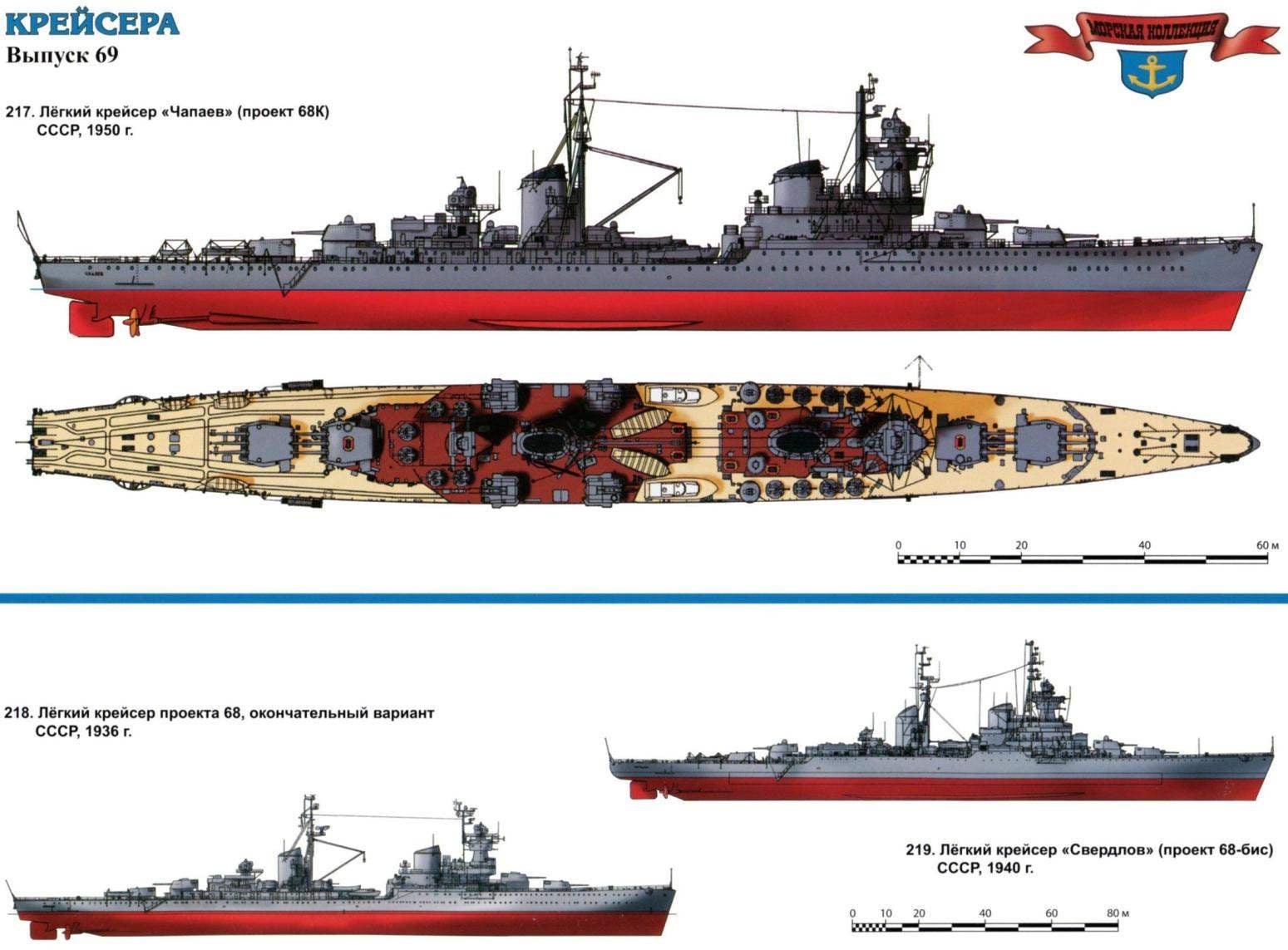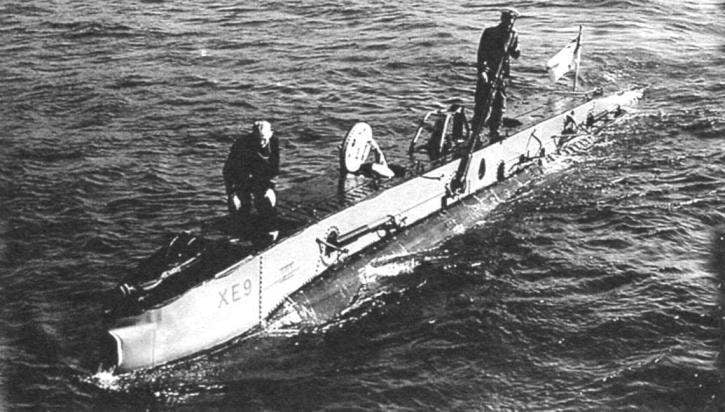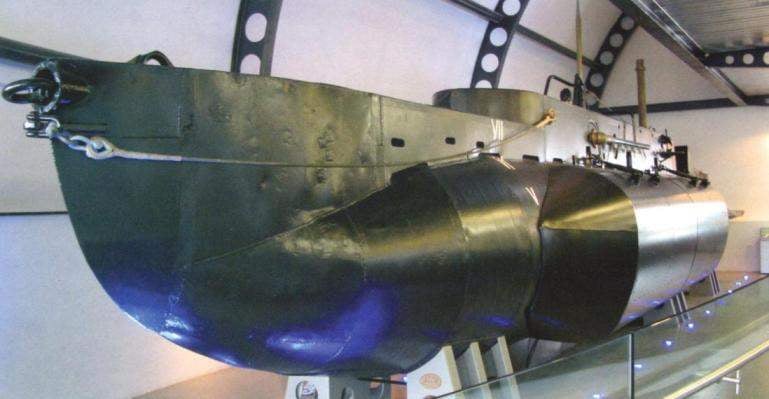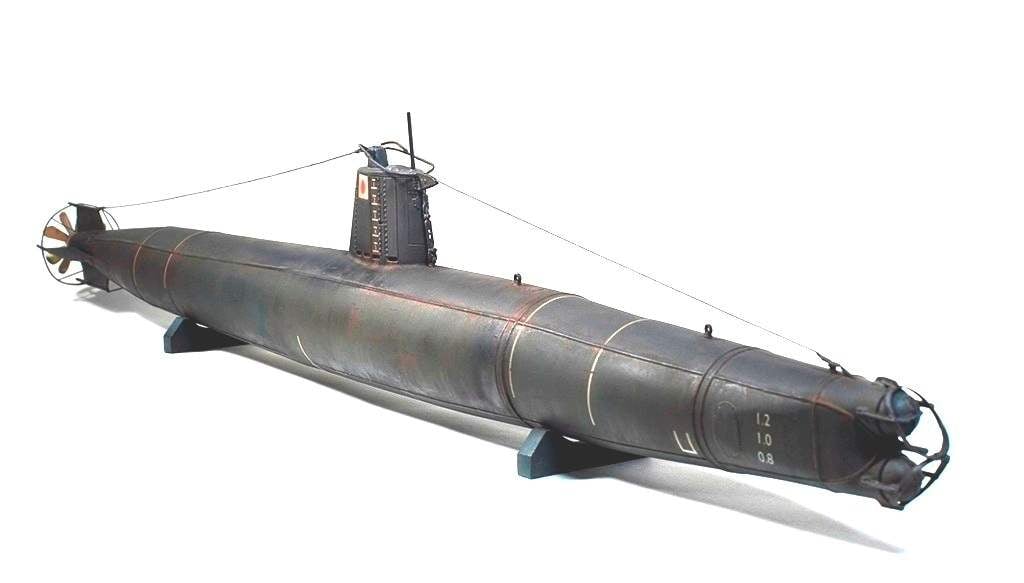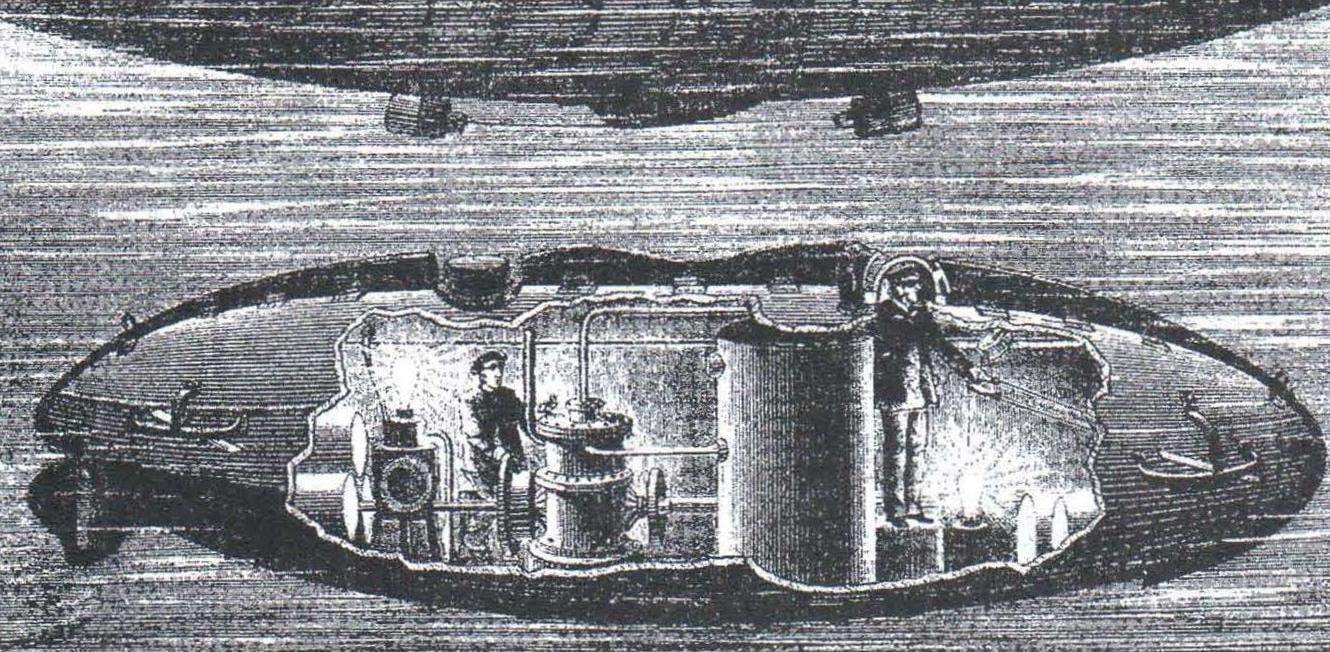 After the First world war, in addition to shipbuilding giant — Britain and the major European players in the face of France, Italy, Germany and the Soviet Union, in quiet corners of Europe still remained small countries trying hard to develop a national military shipbuilding for their own projects. However, sometimes I had to resort to the “elders”. In the end, was born a very unique ships. And not in the last instance they proved to be just cruisers.
After the First world war, in addition to shipbuilding giant — Britain and the major European players in the face of France, Italy, Germany and the Soviet Union, in quiet corners of Europe still remained small countries trying hard to develop a national military shipbuilding for their own projects. However, sometimes I had to resort to the “elders”. In the end, was born a very unique ships. And not in the last instance they proved to be just cruisers.
Marine
THREE OF A CRUISER
 We have already talked about the long road that designers have been Italian light cruisers with their “condottieri”, which began with a frankly weak “Bande Nere” and culminating in the powerful “Giuseppe Garibaldi” and “Abruzzi”. For their successive steps, each of which led to the emergence of more and more protected and balanced ship, closely followed Mediterranean their eternal rivals and neighbours the French. Up to a certain point in Paris believed that the events develop in favourable terms: they are the powerful leaders may be able to compete with not too “covered” by the cruisers of Mussolini. But with every new series of “potential enemy” the hopes of this kind were becoming ephemera. The fracture occurred on the “Raimondo montecuccoli” and “Aosta valley”, which has carried a solid side armor, it is able to protect from the French 138-millimetrovogo in the medium range and a disadvantage for projectile angles of the meeting.
We have already talked about the long road that designers have been Italian light cruisers with their “condottieri”, which began with a frankly weak “Bande Nere” and culminating in the powerful “Giuseppe Garibaldi” and “Abruzzi”. For their successive steps, each of which led to the emergence of more and more protected and balanced ship, closely followed Mediterranean their eternal rivals and neighbours the French. Up to a certain point in Paris believed that the events develop in favourable terms: they are the powerful leaders may be able to compete with not too “covered” by the cruisers of Mussolini. But with every new series of “potential enemy” the hopes of this kind were becoming ephemera. The fracture occurred on the “Raimondo montecuccoli” and “Aosta valley”, which has carried a solid side armor, it is able to protect from the French 138-millimetrovogo in the medium range and a disadvantage for projectile angles of the meeting.
“LATE FLOWERS”
 The situation by the end of 30-ies of the cruising forces of the Soviet Union, very much like the case of bygone days when the country was an Empire and was called Russia. Stalin and his loyal Commissars wanted to create a “large fleet” is not less than the last Tsar and his entourage. And again ambitious plans were constantly in conflict with higher-priority and urgent tasks, lack of experience and aspirations to create something, which is obviously superior to future adversaries. However, unlike tsarist Russia, the Soviet Union managed not only to develop but also time to implement in the metal is original and very interesting project domestic cruiser. “Light heavyweight” of the 26th (“Kirov”) and its development, 26-bis (“Maxim Gorky”) was undoubtedly an interesting alternative to the standard “contractual” light and heavy cruisers. But the idea with the intermediate 180-mm caliber, it turned out not quite successful, mainly due to insufficient rate of fire and survivability of the barrel of the gun. In addition, the ships were very expensive to reproduce them in dozens of instances seems unrealistic from a financial point of view.
The situation by the end of 30-ies of the cruising forces of the Soviet Union, very much like the case of bygone days when the country was an Empire and was called Russia. Stalin and his loyal Commissars wanted to create a “large fleet” is not less than the last Tsar and his entourage. And again ambitious plans were constantly in conflict with higher-priority and urgent tasks, lack of experience and aspirations to create something, which is obviously superior to future adversaries. However, unlike tsarist Russia, the Soviet Union managed not only to develop but also time to implement in the metal is original and very interesting project domestic cruiser. “Light heavyweight” of the 26th (“Kirov”) and its development, 26-bis (“Maxim Gorky”) was undoubtedly an interesting alternative to the standard “contractual” light and heavy cruisers. But the idea with the intermediate 180-mm caliber, it turned out not quite successful, mainly due to insufficient rate of fire and survivability of the barrel of the gun. In addition, the ships were very expensive to reproduce them in dozens of instances seems unrealistic from a financial point of view.
DWARF SUBMARINES OF HER MAJESTY
 British military shipbuilding has centuries-old experience of development and combat use of the most advanced designs and technologies. On the eve of the Second world war-the British squadrons were surface ships: battleships, battlecruisers and aircraft carriers. Therefore underwater vessels by the Admiralty was not honored. However, the attack on Gunter Prina 15 Oct 1939 in Scapa Flow, when he crept into a German submarine sank the battleship right into the main base of the British Navy, put squarely the question of creating subversive underwater vehicles.
British military shipbuilding has centuries-old experience of development and combat use of the most advanced designs and technologies. On the eve of the Second world war-the British squadrons were surface ships: battleships, battlecruisers and aircraft carriers. Therefore underwater vessels by the Admiralty was not honored. However, the attack on Gunter Prina 15 Oct 1939 in Scapa Flow, when he crept into a German submarine sank the battleship right into the main base of the British Navy, put squarely the question of creating subversive underwater vehicles.WHEN TALENT ALONE IS NOT ENOUGH
 We left two outstanding inventors, John Holland and Edmund Zelinskogo, in 1886 in a pretty sad state. The firm of submarines collapsed simultaneously with the physical collapse of the pile with their first and only joint design. The money ran out, wanting to continue the experiments there. Holland seems to be had only to retrain for something less exotic. But he wanted to build submarines. And then he undoubtedly is lucky of different European countries already reported quite promising boats, capable long enough to be under water and attack the enemy. Blow to the Naval Ministry USA, stubbornly wanting to adopt none of the samples, which we described earlier, was the news that his “secret vessel” motor is going to build Spain. The relationship between one of the oldest colonial powers and the young American “democracy” is active on these colonies looked, was getting worse and worse. And congressmen finally decided to fork out.
We left two outstanding inventors, John Holland and Edmund Zelinskogo, in 1886 in a pretty sad state. The firm of submarines collapsed simultaneously with the physical collapse of the pile with their first and only joint design. The money ran out, wanting to continue the experiments there. Holland seems to be had only to retrain for something less exotic. But he wanted to build submarines. And then he undoubtedly is lucky of different European countries already reported quite promising boats, capable long enough to be under water and attack the enemy. Blow to the Naval Ministry USA, stubbornly wanting to adopt none of the samples, which we described earlier, was the news that his “secret vessel” motor is going to build Spain. The relationship between one of the oldest colonial powers and the young American “democracy” is active on these colonies looked, was getting worse and worse. And congressmen finally decided to fork out.
JAPANESE MIDGET
 The Washington naval agreement of 1922 was a significant barrier to growing the race for naval armaments, which began during the First world war. Under this agreement the Japanese fleet by number of aircraft carriers and capital ships (battleships, cruisers) are much smaller than the fleets of England and the United States. Some compensation for this could serve as a permit for the construction of the points of forward basing in the Pacific Islands. And because agreements about the number of submarines to achieve in Washington and failed, the Japanese admirals began to plan the placement on remote island bases of small coastal boats.
The Washington naval agreement of 1922 was a significant barrier to growing the race for naval armaments, which began during the First world war. Under this agreement the Japanese fleet by number of aircraft carriers and capital ships (battleships, cruisers) are much smaller than the fleets of England and the United States. Some compensation for this could serve as a permit for the construction of the points of forward basing in the Pacific Islands. And because agreements about the number of submarines to achieve in Washington and failed, the Japanese admirals began to plan the placement on remote island bases of small coastal boats.IN THE CAMPAIGN FOR THE “UNIVERSAL”
 While the British Admiralty systematically extinguished the enthusiasm of its inventors-“submariners” in former British overseas colonies, and now the most economically powerful nation in the world, energetic engineers to continue their experiments. And, in the end, the United States has become the birthplace of real submarines, suitable not only for experimentation and advertising “horror stories” in the spirit of sir Basil Zaharov, but also for combat use.
While the British Admiralty systematically extinguished the enthusiasm of its inventors-“submariners” in former British overseas colonies, and now the most economically powerful nation in the world, energetic engineers to continue their experiments. And, in the end, the United States has become the birthplace of real submarines, suitable not only for experimentation and advertising “horror stories” in the spirit of sir Basil Zaharov, but also for combat use.
“MISTRESS” IN THE TAIL
 The strongest naval power in the world, Britain, is not too actively involved in the “submarine race”. This is quite understandable: “mistress of the seas” and so possessed in the oceans a huge advantage over their rivals. As we already know, in the richest country in the world, one after another arriving inventors-“divers”, who yearned to implement their projects. As a rule, they were met by outwardly quite friendly attitude; they were welcomed and allocated funds. But in the end, all “products” was recognized as unusable. In General, this estimate is not very different from the truth, especially in the first half of the nineteenth century. Brand new technical tools, especially those that could shake the power of Britain, the Admiralty tried to hold them off as long as possible. At least in order not to give other powers a reason and example. Such a policy in the nineteenth century was characterized in relation to submarines.
The strongest naval power in the world, Britain, is not too actively involved in the “submarine race”. This is quite understandable: “mistress of the seas” and so possessed in the oceans a huge advantage over their rivals. As we already know, in the richest country in the world, one after another arriving inventors-“divers”, who yearned to implement their projects. As a rule, they were met by outwardly quite friendly attitude; they were welcomed and allocated funds. But in the end, all “products” was recognized as unusable. In General, this estimate is not very different from the truth, especially in the first half of the nineteenth century. Brand new technical tools, especially those that could shake the power of Britain, the Admiralty tried to hold them off as long as possible. At least in order not to give other powers a reason and example. Such a policy in the nineteenth century was characterized in relation to submarines.
“FRENCH ELECTRIC”
 The idea behind the project was never built submarine “Ero” physicist Marie-Davy, to supply its electric motor, it seemed very attractive. Indeed, what could be better than a virtually silent motor which does not require any precious air and not enough fuel. However, as already mentioned, the Professor is too ahead of its time. The full rechargeable battery in the mid-nineteenth century was not, and the boat “on batteries” (battery cells) could be just the gas-guzzling toy. The possible range of such underwater “Electroapparat” was limited to a few kilometers, and to replenish the supply of energy in disposable elements was impossible.
The idea behind the project was never built submarine “Ero” physicist Marie-Davy, to supply its electric motor, it seemed very attractive. Indeed, what could be better than a virtually silent motor which does not require any precious air and not enough fuel. However, as already mentioned, the Professor is too ahead of its time. The full rechargeable battery in the mid-nineteenth century was not, and the boat “on batteries” (battery cells) could be just the gas-guzzling toy. The possible range of such underwater “Electroapparat” was limited to a few kilometers, and to replenish the supply of energy in disposable elements was impossible.
“MOVERS” RUSSIAN SUBMARINES
 Two people who moved in Russia “underwater thing” off the ground, deserve a separate story. Chronologically, the first was Ivan Alexander, teacher of drawing and painting, always interested in modern techniques and technologies. Once in France, Louis Daguerre invented a usable method of capturing images, which subsequently became the photo that Alexander immediately made acquainted with the method and opened in St. Petersburg, a photo Studio, one of the first in the world. It is this passion that became a profession, and brought the inventor to the underwater case. In 1853, before the Crimean war, he visited Britain, where a lot of pictures, and beheld the innumerable rows of ships “mistress of the seas”, ready to March to the shores of the Crimea in order to “teach those Russians.”
Two people who moved in Russia “underwater thing” off the ground, deserve a separate story. Chronologically, the first was Ivan Alexander, teacher of drawing and painting, always interested in modern techniques and technologies. Once in France, Louis Daguerre invented a usable method of capturing images, which subsequently became the photo that Alexander immediately made acquainted with the method and opened in St. Petersburg, a photo Studio, one of the first in the world. It is this passion that became a profession, and brought the inventor to the underwater case. In 1853, before the Crimean war, he visited Britain, where a lot of pictures, and beheld the innumerable rows of ships “mistress of the seas”, ready to March to the shores of the Crimea in order to “teach those Russians.”
